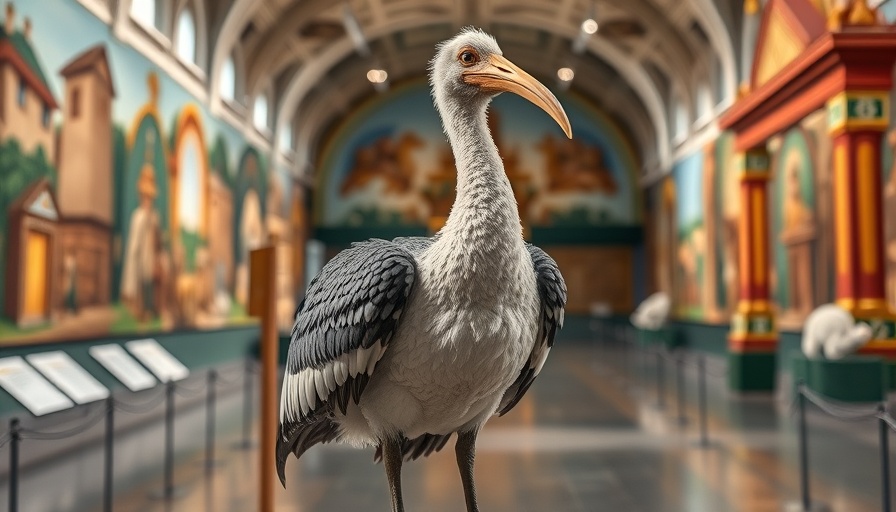
The Science Behind Your Sleep Preferences
Whether you're an early bird or a night owl isn’t just a matter of personal preference; it’s rooted in our biology. Studies show that our circadian rhythms dictate when we're most alert and when we feel the need to sleep. About 60% of people find themselves somewhere in the middle, but societal structures often favor early risers. According to a recent poll by Gallup, a staggering 57% of adults report feeling sleep-deprived, highlighting the need for better sleep health awareness.
How to Make a Smooth Transition
Transitioning your sleep schedule is not a task to take lightly. Dr. Brian Chen, a sleep specialist at the Cleveland Clinic, advises that gradual changes are far more effective than an abrupt shift. This means if you anticipate needing to rise significantly earlier due to new work or school schedules, start adjusting your bedtime incrementally—ideally starting four weeks in advance. Sudden changes can lead to sleep deprivation, which has long-term ramifications for our health.
The Health Risks of Poor Sleep
The National Institutes of Health (NIH) states that nearly 87% of older adults with insomnia report suffering from at least two other chronic health conditions, including cardiovascular diseases and hypertension. This interlinked relationship suggests that poor sleep can amplify existing health issues, a reality many adults face as they juggle busy lives.
Determining Your Sleep Needs
So, how much sleep should you be getting? This varies from one individual to another based on age. For optimal health, children aged six to twelve require 9-12 hours, teenagers need 8-10 hours, and adults should aim for about 7-9 hours of quality sleep each night. Dr. Chen recommends observing your natural sleep patterns during vacations, which can provide a baseline for how much rest you truly need.
Solutions for Sleep Debt
A common misconception is that sleeping in on weekends can compensate for lost sleep during the week. The Sleep Foundation has evidenced that while this may alleviate some immediate fatigue, it does not eliminate the risk of serious health concerns such as hypertension and Type 2 diabetes. If sleep issues persist, consulting a sleep specialist is advised.
 Add Row
Add Row  Add
Add 




Write A Comment